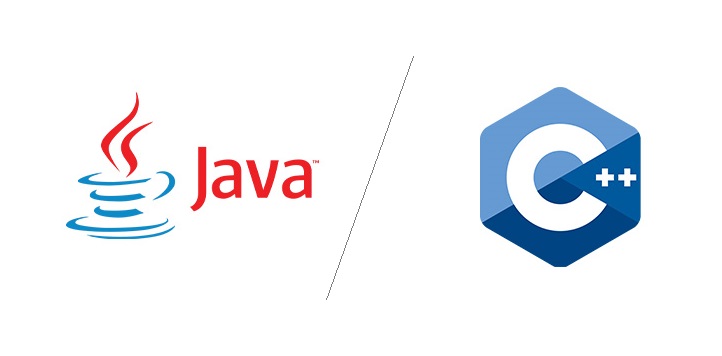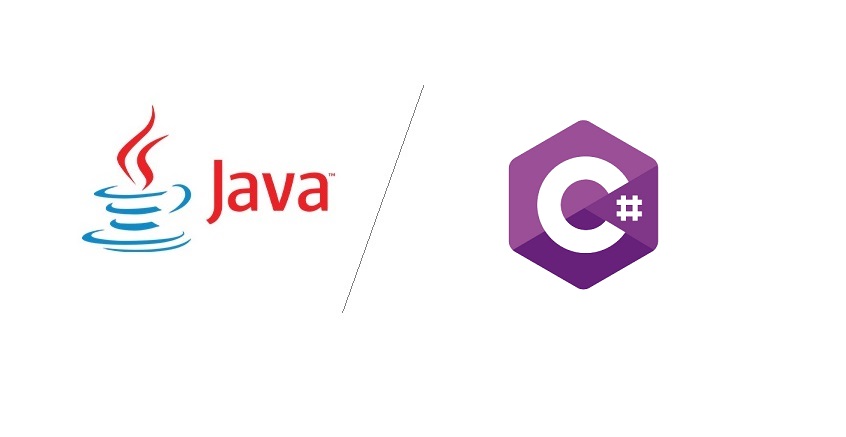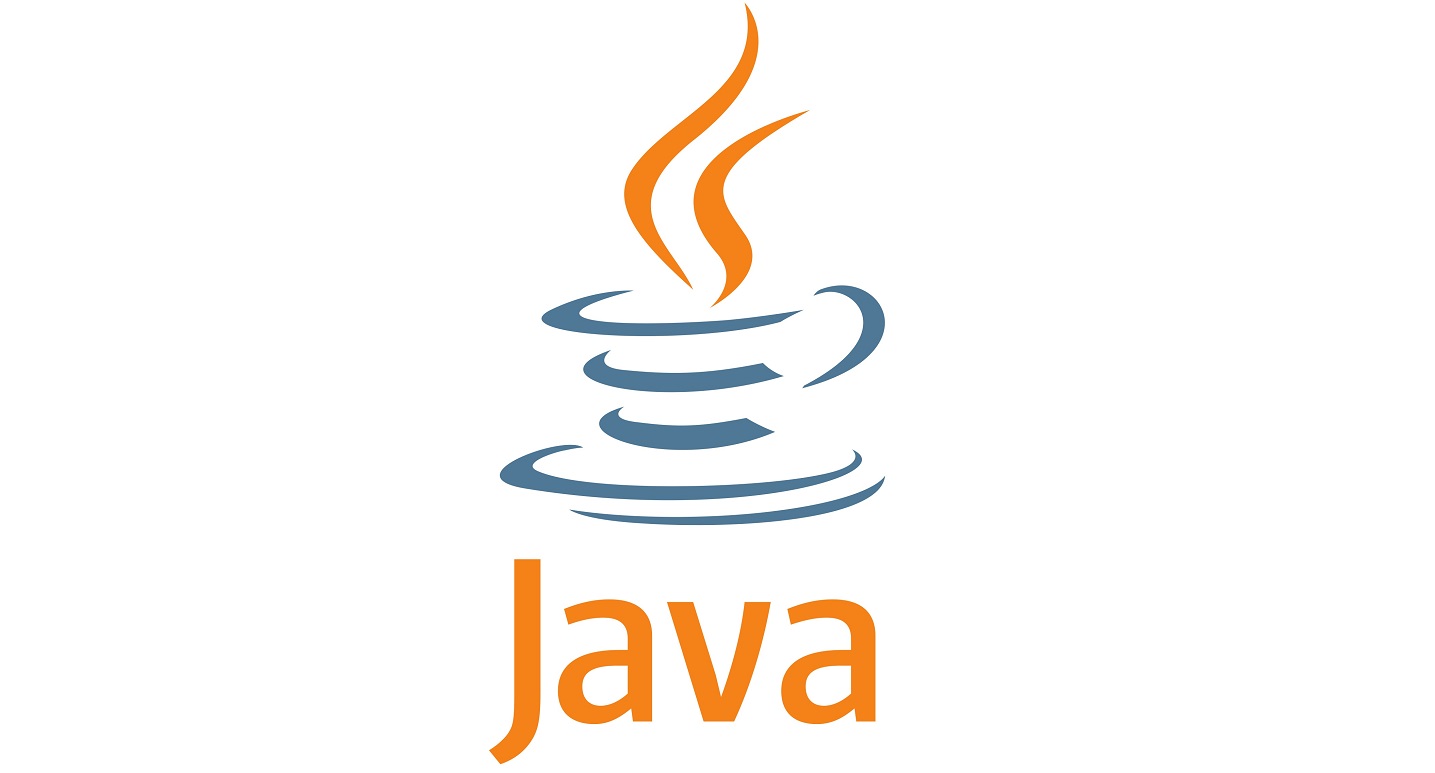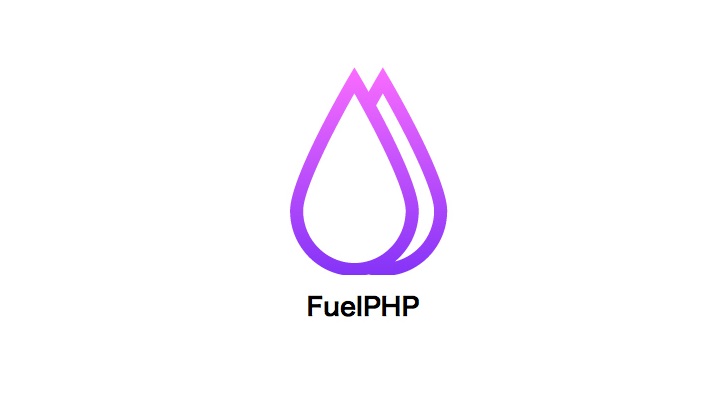Java vs Python
Published
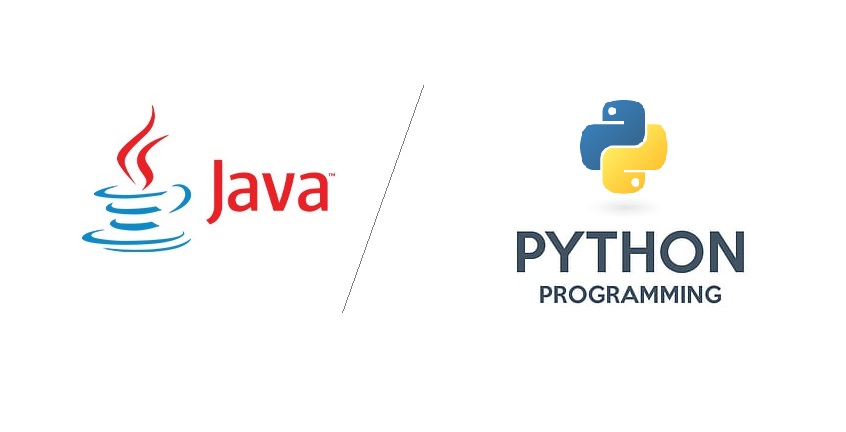
Published

RemoteScout24 · Published 2023-06-25 14:01:01.0
RemoteScout24 · Published 2023-07-02 14:01:01.0
RemoteScout24 · Published 2023-06-29 14:01:01.0
RemoteScout24 · Published 2023-06-25 14:01:01.0
